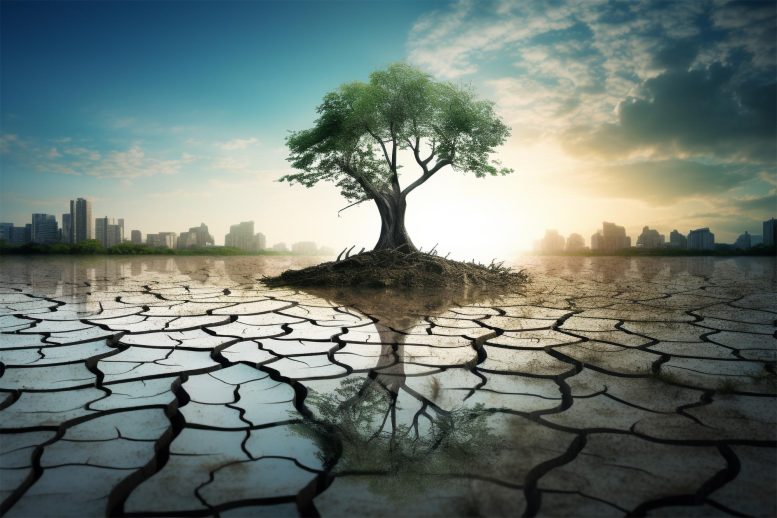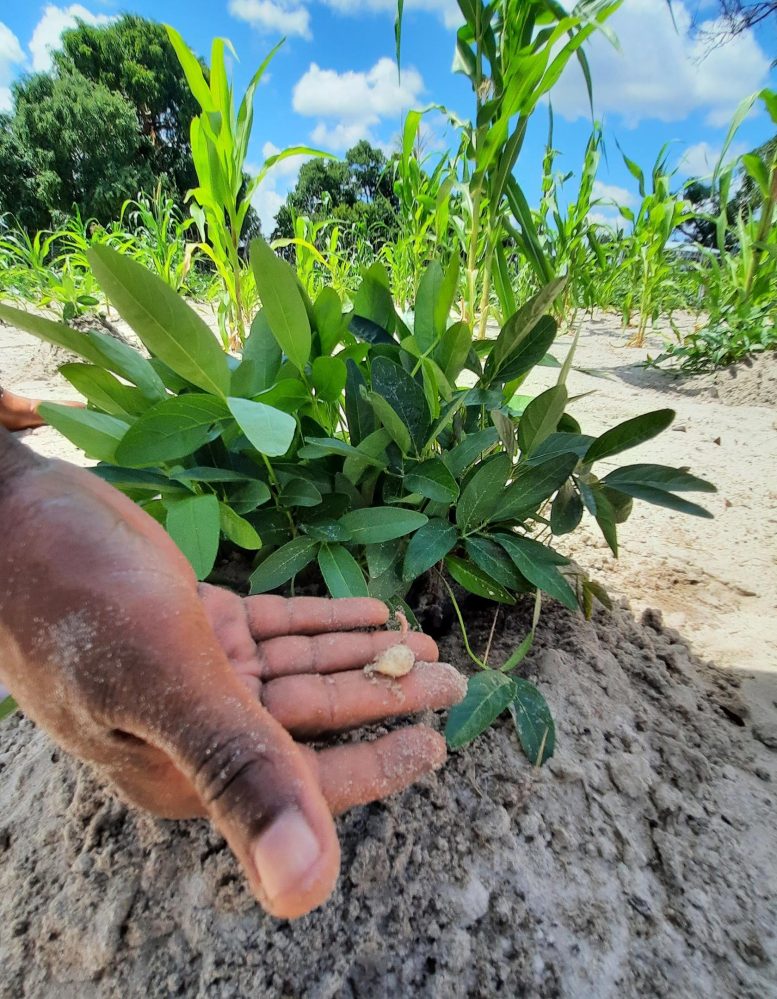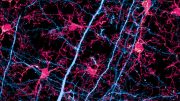
Globally, individuals and households are the main entities adapting to climate change, with a notable lack of systematic collaboration among affected groups, according to a meta-study conducted by researchers from Universität Hamburg’s CLICCS and Ludwig-Maximilians-Universität München.
Around the Globe, Climate Adaptation Lacks Coordination
A meta-study shows that individuals and households are leading climate change adaptation efforts with minimal systematic collaboration. The study emphasizes the need for comprehensive, stakeholder-inclusive strategies aligned with the UN’s Sustainable Development Goals.
Viewed globally, it is above all individuals and households that are pursuing adaptation to the impacts of climate change; systematic networking of the various groups affected is lacking. This is the conclusion reached by an international team of experts from Universität Hamburg’s Cluster of Excellence for climate research (CLICCS) and Ludwig-Maximilians-Universität München (LMU). Their meta-study was just published today, October 12, in the journal Nature Climate Change.
Diverse Actors in Climate Adaptation
For their meta-study, the 30 authors analyzed more than 1,400 academic studies on climate change adaptation. By doing so, they offer the first global overview of which groups of actors are pursuing adaptation – and how. Their findings show that the global distribution of tasks lacks cohesion. Above all, there are few concepts designed to better prepare societies, infrastructures, and risk management for the impacts of climate change. Extensive collaborations between various government and non-government actors are also lacking.

In 2023, farmers in Namibia tested different varieties, in this case soybeans, for their resistance to increasing water shortages. Credit: UHH/CLICCS/K.Jantke
“Our study indicates that climate change adaptation continues to be largely isolated and uncoordinated,” says Dr. Kerstin Jantke, a co-author and environmental researcher at Universität Hamburg’s Cluster of Excellence CLICCS. “That’s disproportionate to how pressing and vital this challenge is.”
The Need for Collaborative Efforts
Dr. Jan Petzold, the study’s first author, sees a need for action: “Comprehensive, just, and forward-thinking adaptation can be considered to be successful when not only official organizations but also a broad range of groups at all levels are involved.” Petzold, currently a geographer at Ludwig-Maximilians-Universität München, was a member of the Cluster of Excellence CLICCS until the fall of 2021.
To date, primarily individuals and households are taking measures to adapt to climate change impacts, especially in the Global South; very few of them are integrated into institutional frameworks. However, there is also an urban-rural divide: While individual households are largely active in rural areas, government actors tend to coordinate adaptation in cities. In many cases, the role of governments – global, national, and regional – consists in ratifying, planning and financing adaptation measures, while small households are who do most of the technical implementation. According to the study, the scientific community’s involvement in adaptation measures is limited, while that of the private economy is virtually non-existent.
Sustainability and Comprehensive Measures
“If, around the globe, it’s predominantly individuals like farmers and smallholders who are doing the heavy lifting, it also shows us the lack of cooperation between different groups of actors – which is a prerequisite for sustainable adaptation projects,” says Jan Petzold. Coordinated concepts are indispensable for far-reaching measures like the climate-aware restructuring of forests, transforming farmland into floodplains, planning new urban infrastructures, and relocating coastal communities.
Involving different groups of actors can also help avoid undesired effects of adaptation measures. “If I only design a given measure to address a single, pressing problem, it could make the situation worse in other areas,” says Kerstin Jantke. For example, levees and dams designed to protect from flooding could destroy coastlines and wetlands, reducing biodiversity or natural CO2 sinks. Consequently, comprehensive measures should ideally be oriented on the United Nations’ Sustainable Development Goals (SDGs), helping ensure it offers solutions that are tenable in the long term.
Reference: “A global assessment of actors and their roles in climate change adaptation” by Jan Petzold, Tom Hawxwell, Kerstin Jantke, Eduardo Gonçalves Gresse, Charlotta Mirbach, Idowu Ajibade, Suruchi Bhadwal, Kathryn Bowen, Alexandra Paige Fischer, Elphin Tom Joe, Christine J. Kirchhoff, Katharine J. Mach, Diana Reckien, Alcade C. Segnon, Chandni Singh, Nicola Ulibarri, Donovan Campbell, Emilie Cremin, Leonie Färber, Greeshma Hegde, Jihye Jeong, Abraham Marshall Nunbogu, Himansu Kesari Pradhan, Lea S. Schröder, Mohammad Aminur Rahman Shah, Pauline Reese, Ferdous Sultana, Carlos Tello, Jiren Xu, The Global Adaptation Mapping Initiative Team and Matthias Garschagen, 12 October 2023, Nature Climate Change.
DOI: 10.1038/s41558-023-01824-z









Be the first to comment on "Global Climate Chaos: The Missing Link in Adaptation Efforts"